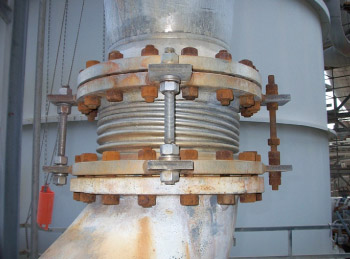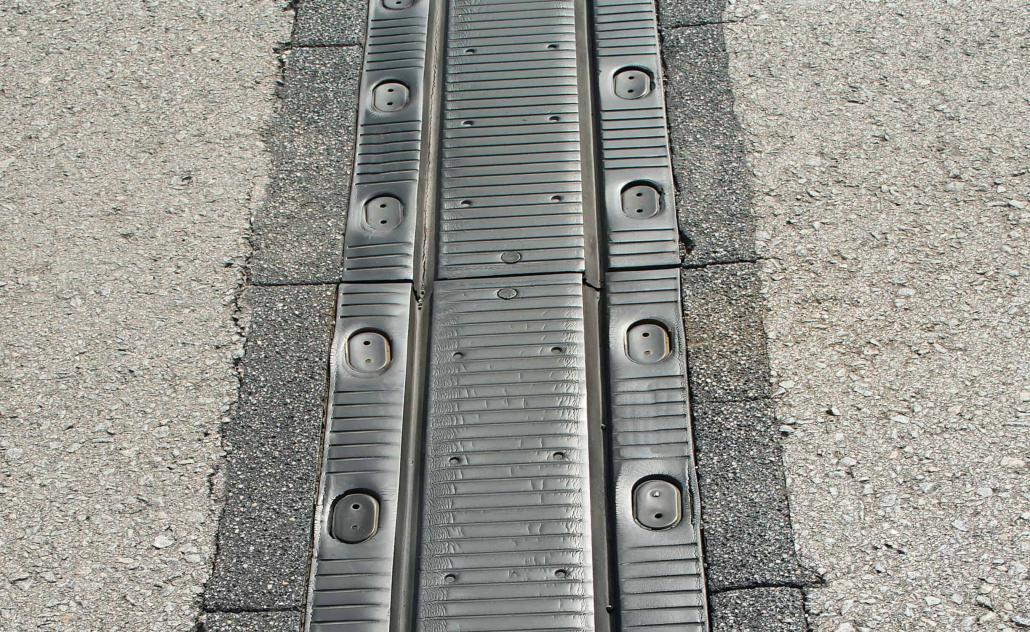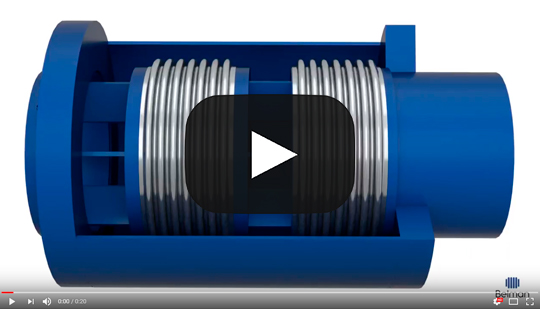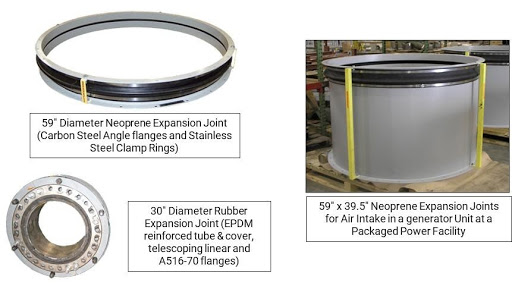Rubber Expansion Joint Failure

Rubber bellows can crack if they are over pressurized or placed in a harsh environment.
Rubber expansion joint failure. An expansion joint or movement joint is an assembly designed to hold parts together while safely absorbing temperature induced expansion and contraction of building materials and vibration or to allow movement due to ground settlement or seismic activity. Common signs of rubber expansion joint fatigue. They are commonly found between sections of buildings bridges sidewalks railway tracks piping systems ships and other structures. Bellows pipe expansion joints which have been properly designed and manufactured for specified piping system conditions have given many years of satisfactory service.
Expansion joints failure is caused by corrosion erosion cyclic fatigue or thermal creep at elevated temperatures. Unlike metal expansion joints the majority of failures related to rubber expansion joints are not catastrophic in nature. Improper handling during transport storage or assembly. Failures of course have occurred which are of concern both to users and to reputable pipe expansion joint manufacturers.
What are the failures of expansion joints. It will also discuss failure analysis of rubber expansion joints and some of the leading causes of joint failure. 1 prior to start up. Below is an except from the white paper discussing failure analysis of rubber expansion joints and what it can tell you about the overall health of your piping system.
Main causes of failure for expansion joints. During routine inspections signs of fatigue and or premature failure can be easily detected in rubber expansion joints long before the actual failure occurs. Neoprene rubber expansion joint read more.
















































